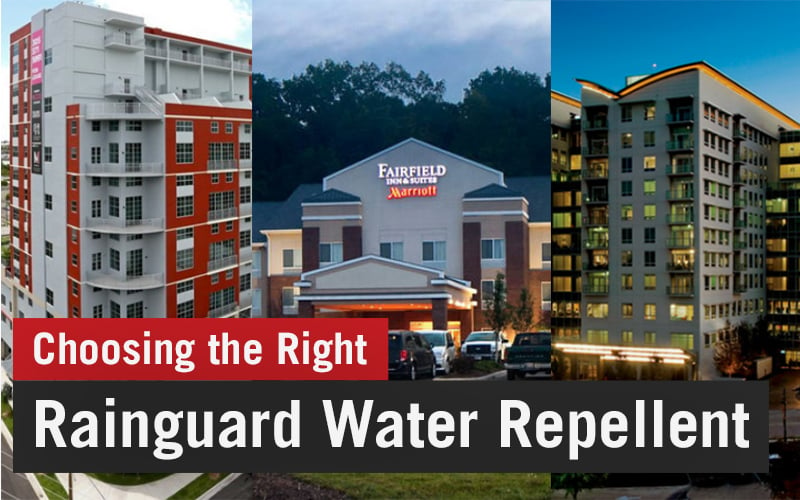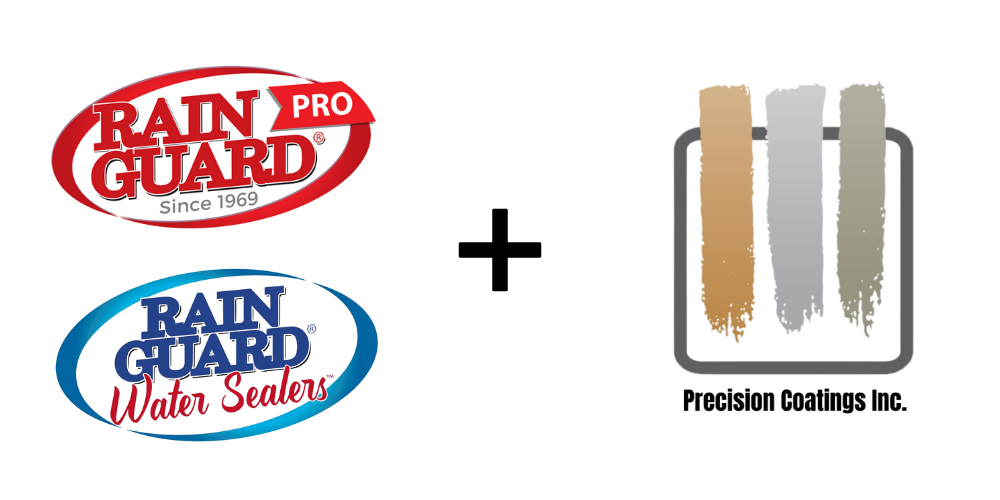Technical Bulletin #1
Water Repellent Sealers vs. Waterproofer Coatings: Impact On Efflorescence
Efflorescence, the white, powdery substance on masonry walls, can be unsightly and structurally damaging. Understanding the role of water-repellent sealers and waterproofing coatings in efflorescence prevention is crucial for builders and homeowners. This report explores the differences between these two protective treatments and their effects on masonry substrates.
What Is Efflorescence?:
Efflorescence is a crystalline deposit that forms on the surface of masonry walls due to soluble salts in
cementitious building materials. When these materials come into contact with water, the salts dissolve and
migrate to the surface, producing the characteristic white powder. Water sources can include rain, high humidity, or groundwater levels.
Water Repellent Sealers:
Function: Water-repellent sealers penetrate the masonry substrate, creating a hydrophobic barrier. They allow water vapor transmission while preventing liquid water intrusion.
Effect on Efflorescence: Positive. Penetrating water repellents minimize efflorescence problems by reducing water intrusion.
Caution: Film-forming barriers (such as coatings) can cause efflorescence or sub-fluorescence issues. Water repellents will not waterproof or prevent ponding water on horizontal masonry from penetrating; thus, water will naturally enter the substrate. This is where waterproof coatings excel.
Best Practice: Ensure the wall maintains its natural rate of water vapor transmission to promote drying before mobilizing stains.
Waterproofer Coatings:
Function: Waterproofer coatings create a film on the masonry surface, forming a barrier against water
penetration.
Effect on Efflorescence: Positive. Coatings can provide excellent waterproofing.
Caution: Film-forming coatings may trap moisture within the substrate, leading to efflorescence or premature coating failure such as bubbling, cracking, or peeling.
Best Practice: Choose coatings that allow some breathability to prevent moisture entrapment.
Comprehensive Approach:
The most effective strategy involves a combination of both treatments.
Water Repellent: Seal vertical porous masonry to help shed water when it rains or splashes while remaining
highly breathable for easy maintenance and longevity.
Waterproofer: Use on horizontal ledges, sills, or caps. This will prevent ponding water from penetrating when dwelling for longer periods. It is also ideal for crack bridging hairline cracks in vertical or horizontal applications.
In conclusion, efflorescence prevention requires a thoughtful selection of protective treatments based on
the conditions on a job site. While water-repellent sealers allow masonry to breathe and minimize efflorescence, waterproof coatings can provide robust waterproofing. A holistic approach combining both methods ensures optimal results for masonry substrates.
Efflorescence Solutions
%20Makes%201%20Gal.jpg?width=1000&height=1000&name=RP-1101%20Restore-N-Prep%20(32%20oz)%20Makes%201%20Gal.jpg)
Learn more about |
%20Makes%2010%20Gal.jpg?width=3000&height=3000&name=CR-0701%20Micro-Seal%20(1%20Gal)%20Makes%2010%20Gal.jpg)
Learn more about |
.jpg?width=3000&height=3000&name=EB-0105%20Efflorescence%20Blocker%20(5%20Gal).jpg)
Learn more about |
.jpg?width=1000&height=1000&name=CR-0201%20Blok-Lok%20(1%20Gal).jpg)
Learn more about |


